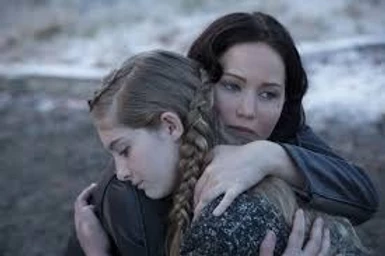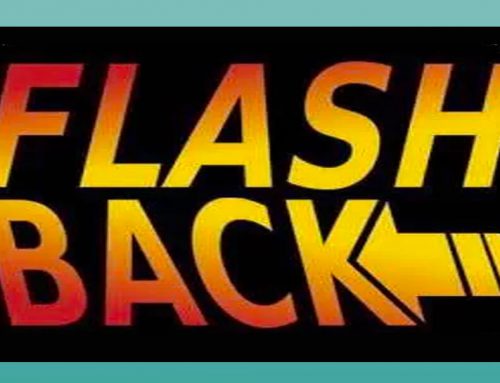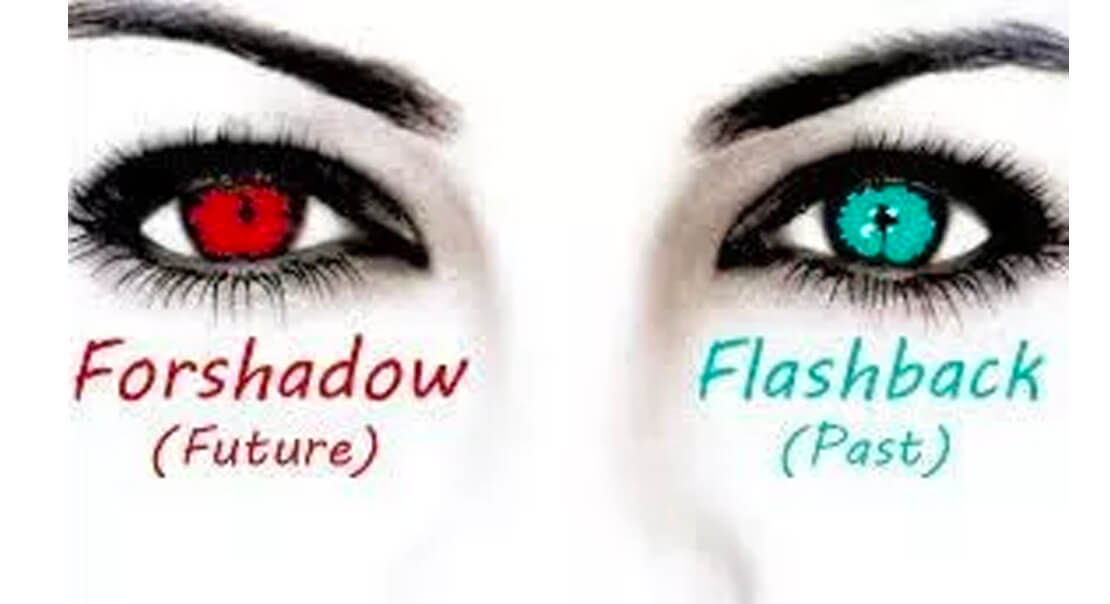
How to use Foreshadowing
We'll start with Foreshadowing
What is it?
How to use foreshadowing How to use foreshadowing
Foreshadowing is a hint at what will come later. Use it to create suspense! And to keep the readers guessing of what might come!
Readers love well place foreshadowing. They are like clues or pieces to a puzzle. It helps the reader to feel more involved in the character's journey.
Foreshadowing:
- Give clues to events yet to happen
- Moves the story forward through revelation
- Entices the reader
- Sometimes misleads the reader
- Evolves plot
It's always helpful to see Foreshadowing in Action! Enjoy this brief montage of movie clips.
So, how do you use Foreshadowing in your own writing?
I will share with you 4 great ways to incorporate it!
1. Using Direct Information by mentioning an upcoming event.
Here's a very romantic example of two lovers who are meant to be with someone else:
“He would move on. Because he would not be like the ancient kings in the song and keep her for himself. She deserved a loyal. Brave knight who saw her for what she was and did not fear her. And he deserved someone who would look at him like that, even if the love wouldn’t be the same, even if the girl wouldn’t be her”
~ Sara J. Maas, Crown of Midnight
Now, let's look at three examples from the first few pages of
Suzanne Collins's The Hunger Games.
How to use foreshadowing How to use foreshadowing
The first example occurs in the very first paragraph of the first page.
"When I wake up, the other side of the bed is cold. My fingers stretch out, seeking Prim's warmth but finding only the rough canvas cover of the mattress. She must have had bad dreams and climbed in with our mother. Of course, she did. This is the day of the reaping."
Now that's a hook!! We readers have no idea what reaping is, but we know it's bad and we know it's today.
The second example is a little more subtle, almost slipped in.
"On the table, under a wooden bowl to protect it from hungry rats and cats alike, sits a perfect little goat cheese wrapped in basil leaves. Prim's gift to me on reaping day. I put the cheese carefully in my pocket as I slip outside "
There's not much else on that point. Just the note of reaping day. Again, it's foreshadowing, but a very quick clue. I bet author Suzanne Collins went back during one of her revision and "tucked" that sentence in there to set up for this next one. Truly, that paragraph would function just fine without that sentence, but it's important in setting up this one that occurs a few pages later.
In this third example, Katniss is sitting with her male friend and discussing their options to getting food.
"What do you want to do?" I ask. We can hunt, fish, or gather.
"Let's fish at the lake. We can leave our poles and gather in the woods. Get something nice for tonight," he says.
Tonight. After the reaping, everyone is supposed to celebrate. And a lot of people do, out of relief that their children have been spared for another year. But at least two families will pull their shutters, lock their doors, and try to figure out how they will survive the painful weeks to come.
There's that word "reaping" again. And now, readers get the idea that it's a pretty big deal. "Children have been spared for another year." Spared from what? And why?
And what about the other "two families"? It's so bad that they "pull their shutters, lock their doors, and try to figure out how they will survive the painful weeks to come."
At this point in the story, that's all the readers really know about "the reaping."--But we are interested to know more!
If you are familiar with The Hunger Games, you know how complicated this whole reaping business really is. It was probably very tempting for Collins to do some "explaining" about the reaping--maybe even through dialogue between the two characters. But, she doesn't.
Instead, very masterfully, she lets it come together piece by piece. Part of her 'page turning' skill is in use of foreshadowing. It's also worth noting, especially in her book 2 and 3, the last sentence in a chapter would be an example of foreshadowing made us have to read the next chapter. It drove me nuts!
2. The Use of Weather
The danger here is to be too cliche. The thunderstorm foreshadowing impending doom, for instance. But, weather (and setting) can be a powerful tool to "set the scene" for what is to come. You can even use it as an opposite effect (as in 'what could possibly go wrong' on a beautiful summer day--just before you have the whole family kidnapped).

Here's an example from Harper Lee's To Kill A Mockingbird:
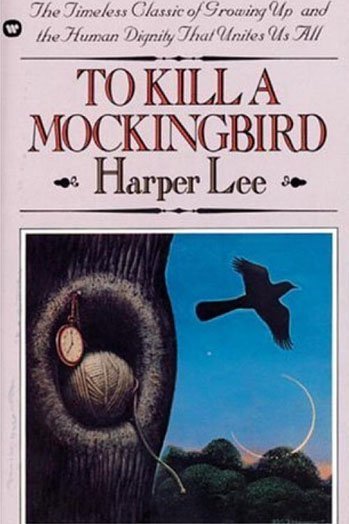
"The night was still. I could hear his breath coming easily beside me. Occasionally there was a sudden breeze that hit my bare legs, but it was all that remained of a promised windy night. This was the stillness before a thunderstorm."
This occurs toward the end of the story, and we know a very bad person is "after" the two children, Jem and Scout. This effective use of the weather helps to set the spooky scene and increase the tension in what is to happen.
3. The Use of a dialogue.
Characters can be very effective in "setting up the reader" for something to come. After all, we do pay attention to what people say.
Here's an example of some sound advice from Gandalf, that also foreshadows Gollum's future role:
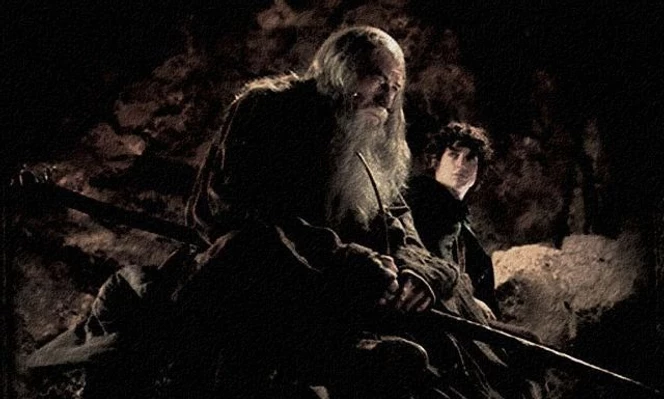
GANDALF: Pity? It was pity that stayed Bilbo's hand. Many that die deserve life, and some that live deserve death. Can you give it to them, Frodo? Do not be too eager to deal out death in judgment. Even the very wise cannot see all ends. My heart tells me that Gollum has some part to play, for good or ill, before this is over. The pity of Bilbo may rule the fate of many.
(The Lord of the Rings: The Fellowship of the Ring by J.R.R. Tolkien)
This example of foreshadowing in dialogue is fairly obvious; however, the mystery here is what part will Gollum play? And when? As readers, all we know, is to be very aware of what Gollum does.
4. The use of a symbol
Remember, a symbol is an "ordinary object that represents something beyond itself"
Example: An apple is just a piece of fruit, but it symbolizes teachers/education. A dove is just a bird that flies around and poops on your shoulder, but a dove symbolizes peace.
So, how can a symbol be used as foreshadowing?
First, you'll want to be consistent. The same symbol should foreshadow the same thing.
Second, you'll want to establish what your symbol stands for
Third, don't over use it.
If we go back to Hunger Games, we can see:
The use of the other "boy" in Katniss's life" Peeta. Peeta is the boy who gave her bread when she was nearly starving to death. Katniss connects Peeta with life, with survival.
The Mockingjay symbolizes something delicate that resisted and survived the Capitol. When it is given to Katniss as a pin, we see that foreshadows that Katniss too will need to resist and survive.
Weapons can be used to foreshadow upcoming violence; elements of nature can foreshadow life or love; and other the actions to or actions of other characters can foreshadow events.
In summary, when looking to use foreshadowing---ask yourself
- What are the important events coming later in the story? Be selective in what you choose to foreshadow.
- Can I use the weather, the setting, or the mood in a scene? You need to use it anyway--so can it serve a double purpose?
- Are there objects (as symbols) I can place to suggest something is about to happen?
- Can a character or the narrator observe something/say something to hint about something to come later?
Recommended Reading

